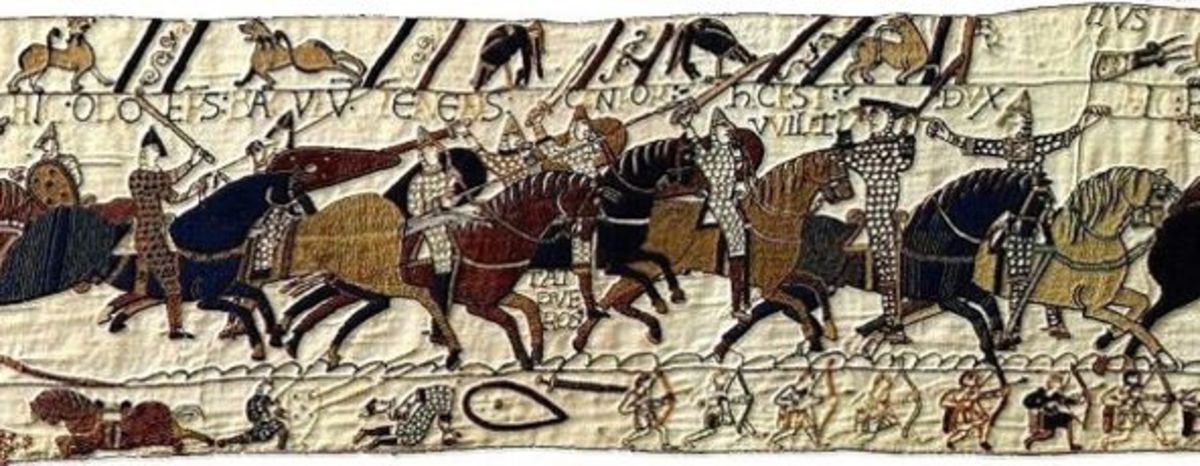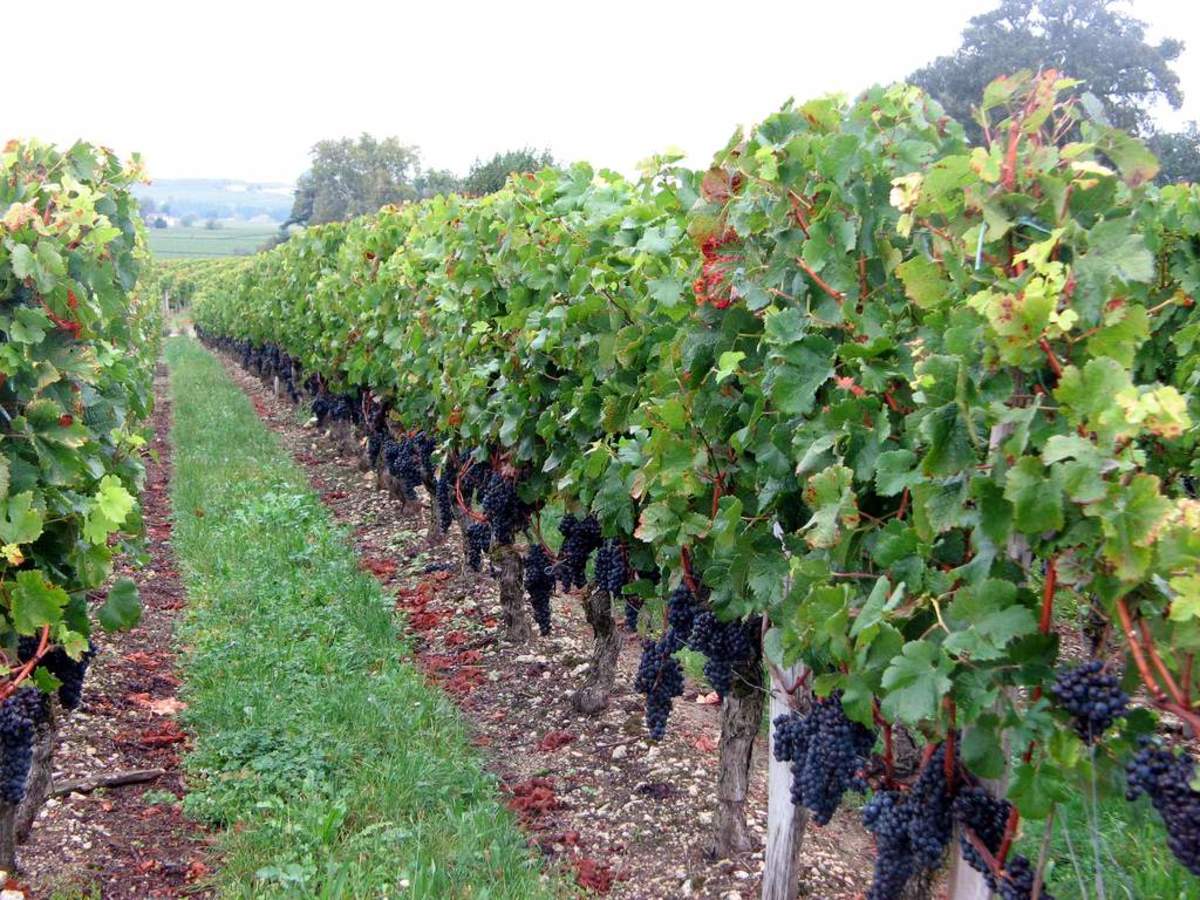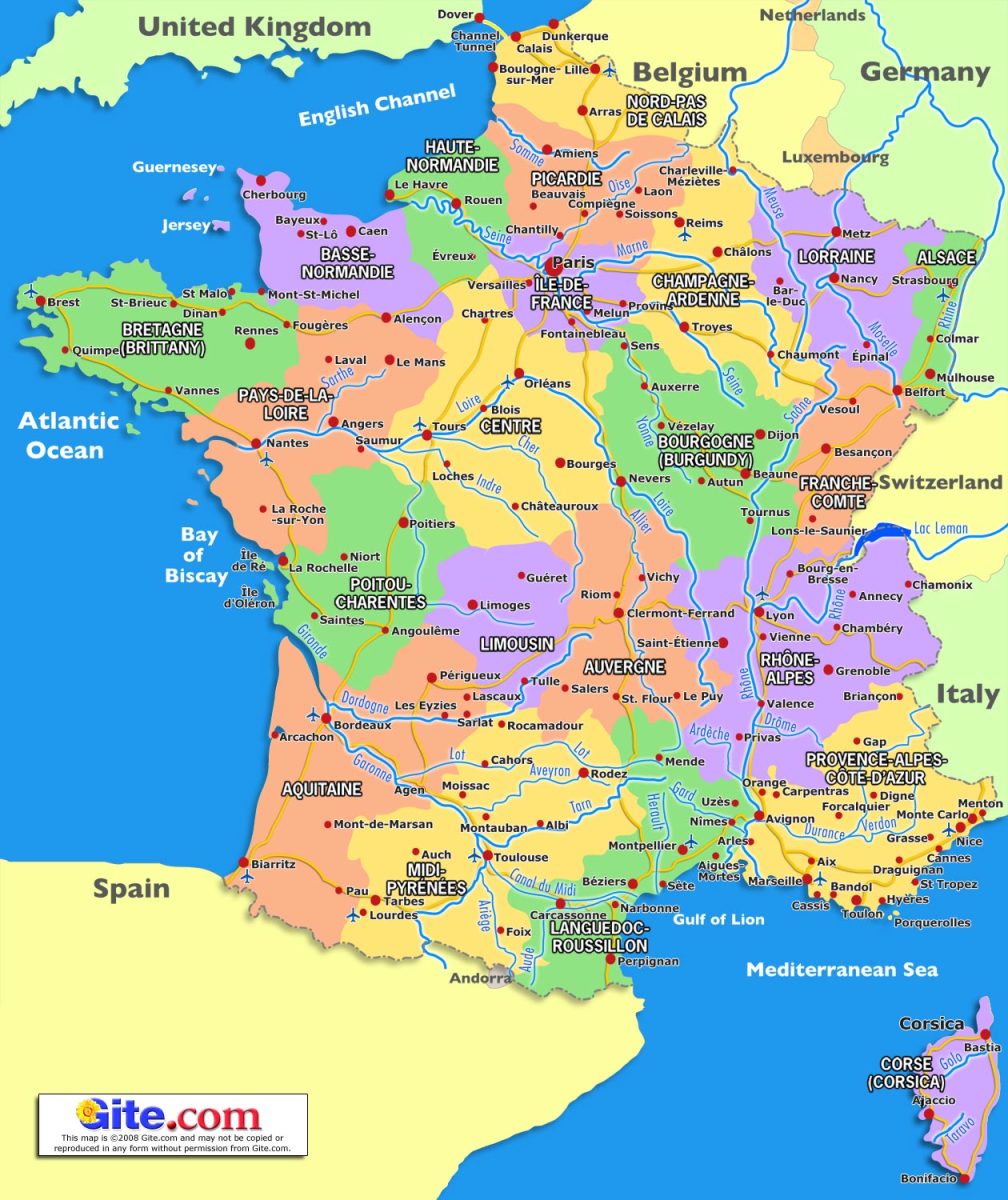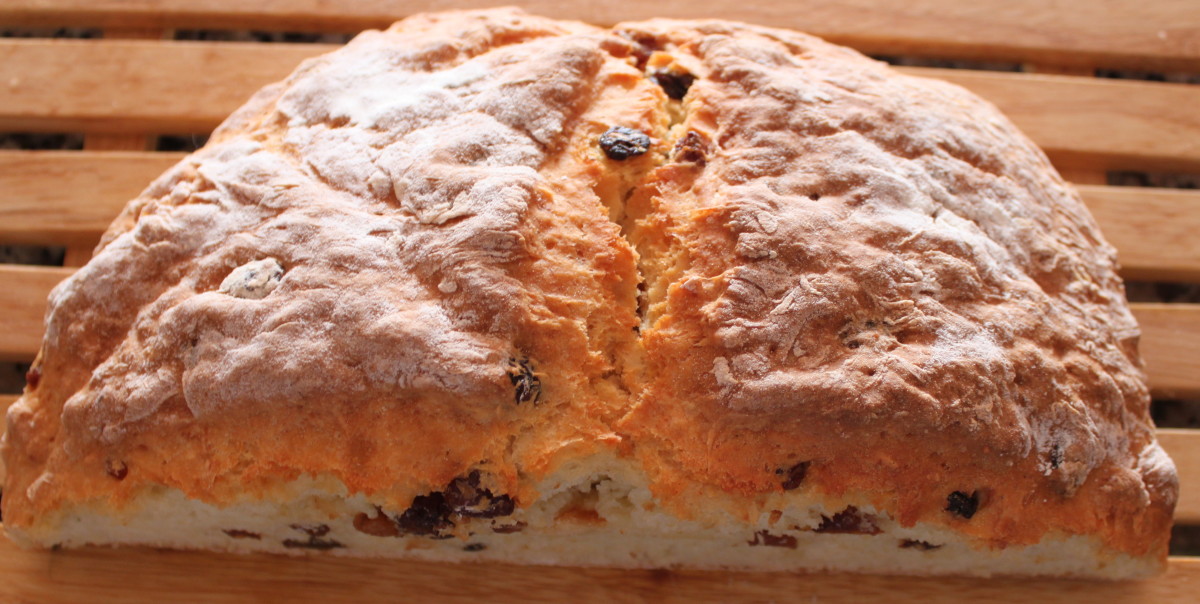- HubPages»
- Food and Cooking»
- World Cuisines»
- Western European Cuisine
French Cuisine: Regional Foods and Cooking Specialties (with Videos)
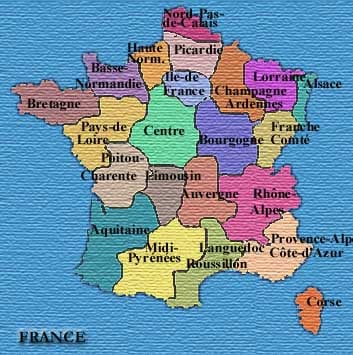
In medieval France, both cooking and learning were nurtured within the confines of convents and monasteries. Gradually, literature and cooking emerged from the cloisters and French peasants, who had previously supped on a basic Celtic and Roman cuisine, eagerly adopted the foods as they appeared and began to develop them. The geography of each region offered its own contribution in the way of available produce and slowly, over the centuries, a regional cuisine developed.
French cooking, as it is known today, combines dishes that reflect the varied produce and characteristics of each region. By discovering what each area has to offer, one can begin to understand the diversity and richness of one of the world's most outstanding cuisines. Here, some of the better known regions are outlined.
Food in Paris
Ile-de-France
The historical center of France, this region is irrigated by three rivers, creating a fertile agricultural basin. Even though many of the old farms and market gardens have been replaced by factories and houses, the area still produces a varied selection of ingredients such as Chantilly cream, Brie cheese and mushrooms. The immediate vicinity of Paris provides the Parisians with their game, game pâtes, fish and crayfish. However, the best known specialties of the region, which have been copied throughout France, are such pastries as Gâteau Pithiviers and Tarte Tatin.
Popular French Cookbooks
Normandy
Normandy's northwest coastline produces and abundance of seafood. Eel, sole, turbot, herring and mackerel are caught daily, as are mussels, one of the area's great specialties. Freshwater fish are plentiful and the streams in the south provide trout, salmon, pike and crayfish.
Local pastures are rich grazing areas and the dairy industry makes the best butter and cream in France. Most of France's Camembert is also produced here.
The flat salt marshes by the sea are used for grazing sheep and Normandy is renowned for the salt-flavored lamb and mutton served in its homes and restaurants.
Normandy is the most important apple-growing region in France and cider replaces wine as the local drink and cooking aid. The cider is also distilled to make an apple brandy called Calvados.
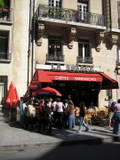
Brittany
The westernmost corner of France, Brittany is a rock-bound peninsula surrounded by the Atlantic Ocean on three sides. It has retained many of its ancient traditions and its inhabitants still converse in an ancient Celtic dialect.
Brittany is acclaimed for its lobster, oysters, cockles and sea urchins as well as other crustaceans particular to that area. Sea bass, monkfish, mackerel, sardines and whiting are cooked into hearty soups and stews such as Cotriade.
One of the highlights of a trip to Brittany is a visit to the creperie. There is a wide selection of crepes such as Crepes Dentelles, a thin lacy pancake, and Crepe de Sarrazin - a thicker crepe made with buckwheat flour. The best known, however, is Galette, a thick griddle-type pancake made with buckwheat flour and filled with ham, cheese and onion.
Burgundy and Lyon
Burgundy is situated in the very heart of France and is renowned for its traditional dishes which incorporate the local wines. One such dish is Boeuf a la Bourguignonne, a rich beef and baby onion stew cooked in red wine. Matelote is another stew incorporating red wine, but this dish contains a variety of locally caught river fish such as pike and carp. Complementing the wealth of good wines and cassis produced in the area is a variety of soft cheese.
Lyon is considered to be the country's culinary capital and the excellent and varied produce from this area is presented on the tables of some of France's best restaurants.
However, in spite of being home to some of France's greatest chefs, such as Troisgros and Bocuse, many of the restaurants in this region were and still are owned by female chefs, the best known being Mère Fillioux, who ran her famous kitchen after World War 1.
Cooking School in Gascony
Bordeaux
Bordeaux boasts an abundance of fresh and saltwater fish, salt mutton, cheese, fruit and vegetables. Its most acclaimed product, however, is wine.
Centuries ago, when the Romans inhabited the city of Bordeaux, they planted grape vines around the city in all directions. In the 1100s the area was ruled by the English, who popularized the local wines and exported large cargoes back to Britain. The wine continued to grow in popularity and the local cuisine developed alongside it, matching the high quality of the wine.
A Food Market in Antibes
Provence
In the Middle Ages, when the Romans lived in Provence, they planted olives and vines throughout the sunny rolling hills and used the wild herbs, which grew abundantly, to flavor their foods. Provence has an ideal climate for growing any variety of fruit and vegetable; lemon and orange groves dot the hillsides, the air is scented with thyme and rosemary, and the huge salt marshes of the Camargue provide grazing ground for cattle.
The culinary traditions started by the Romans were adapted and refined by the French, who then introduced southern-style cooking to the rest of the country.
The province of Nice and the Mediterranean island of Corsica share a tradition of flavorful, colorful cooking. Settled by the Greeks and then the Romans, these areas share the wealth of centuries-old olive vines, pungent herbs, citrus fruit, tomatoes and nuts.
Classic dishes from this region include Salade Nicoise and Ratatouille.
Languedoc
A sunny southern province on the shores of the Mediterranean, Languedoc is most famous for creating Cassoulet. This dish was also introduced by the Romans and has been refined and improved to its present form. The quality of Cassoulet is taken very seriously and neighboring townships hotly contest the superiority of their recipe.
Languedoc has a good supply of game, sea and freshwater fish, vegetables and fruit. Livestock is also plentiful and includes mountain lamb and mutton, veal, beef and home-grown pigs.
Perigord
Home of the black truffle, the Perigord region forms part of a high plateau in southwest France. The area is surrounded by fertile river valleys whose rivers abound with freshwater crayfish, and the forest grow walnuts and chestnuts. The rich valley region yields a big selection of vegetables and stone fruits. Mushrooms and truffles are also collected in the meadows and alert visitors may spot the secretive buying and selling of truffles in the local market.
Franche-Comte, Savoy and Dauphine
These scenic mountain regions serve simple but nourishing food, such as fondues and gratin dishes. The original style of cooking reflects the Alpine terrain, evolving from produce that could be found or cultivated in high remote areas. Dishes were created using simple, fresh ingredients that were both nourishing and fortifying for the climate. Swiss and Italian influences are also very much in evidence, with ingredients such as pasta being adopted from their nearby neighbors.
French recipes on Hubpages
Further reading and recipes
- French cuisine - Wikipedia, the free encyclopedia
This site has more information about the history, regions and development of French cuisine. - French Recipes - French Food - Easy French Recipes - Learn to Cook French Food
Learn how to cook authentic French recipes. Find regional specialties and recipes from France, easy French recipes and cooking methods, menus, foods, and more from Rebecca Franklin, your About.com Guide to French food. - French Food And Cook : cuisine and recipes from France
French Food and Cook : The authentic French Cuisine site : French recipes and advice on French cooking presented by a Frenchwoman, C - French Recipes - French Food - Easy French Recipes - Learn to Cook French Food
Learn how to cook authentic French recipes. Find regional specialties and recipes from France, easy French recipes and cooking methods, menus, foods, and more from Rebecca Franklin, your About.com Guide to French food. - Cuisine France, French Cooking and Recipes
Cuisine-France is the French cooking, cuisine, recipes guide. Choose a french recipe.





